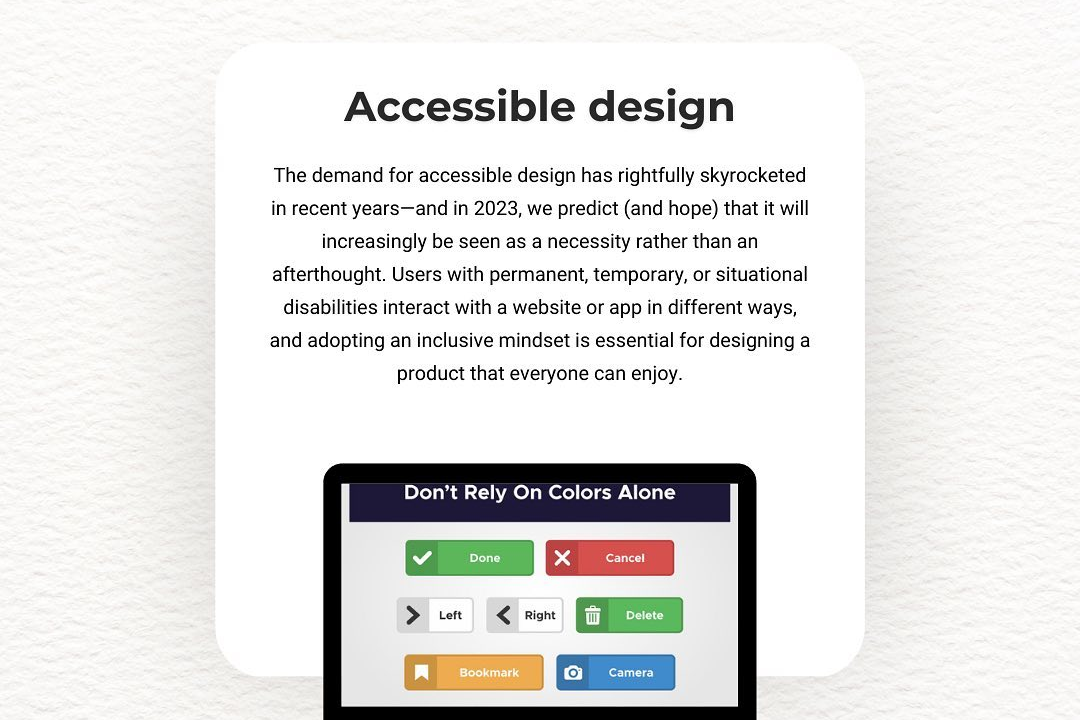Ios development best practices
Best Practices for iOS Development
Ios development best practices
iOS development best practices encompass a range of strategies to ensure the creation of high-quality, maintainable, and user-friendly applications. Firstly, developers should adhere to the Model-View-Controller (MVC) architectural pattern to separate concerns and enhance code readability. Utilizing Swift, Apple's modern programming language, is recommended due to its safety features and performance. Developers should leverage interface elements effectively with Storyboards and Auto Layout to create responsive designs across various screen sizes. It's crucial to follow Apple's Human Interface Guidelines to ensure intuitive user experiences. Additionally, implementing robust error handling, efficient memory management, and regular code reviews promotes stability and maintainability. Testing should be a priority; employing unit tests, UI tests, and continuous integration can help catch issues early. Lastly, keeping the app updated with the latest iOS features and safeguarding user data with strong privacy practices builds trust and improves app success.
To Download Our Brochure: https://www.justacademy.co/download-brochure-for-free
Message us for more information: +91 9987184296
1 - Understand the iOS Ecosystem: Familiarize yourself with the iOS platform, including its architecture, design principles, and development tools like Xcode.
2) Follow MVC Design Pattern: Use the Model View Controller design pattern to separate the application's data (model), user interface (view), and business logic (controller) for better organization and maintainability.
3) Utilize Swift Language: Embrace Swift as the primary programming language for iOS development due to its modern syntax, safety features, and performance improvements over Objective C.
4) Leverage Interface Builder: Use Interface Builder for designing user interfaces visually, allowing for rapid prototyping and easier modification through a drag and drop interface.
5) Adhere to Human Interface Guidelines: Follow Apple's Human Interface Guidelines to create intuitive, user friendly interfaces that provide a consistent experience across iOS applications.
6) Implement Auto Layout: Use Auto Layout to create responsive UI designs that adapt to different screen sizes and orientations, ensuring a good user experience on all devices.
7) Manage Memory Effectively: Understand Automatic Reference Counting (ARC) and memory management principles to avoid memory leaks and ensure efficient use of resources.
8) Use Version Control: Employ version control systems like Git to manage changes to your codebase, enabling collaboration, tracking changes, and facilitating code reviews.
9) Keep Code DRY (Don't Repeat Yourself): Reuse code through functions and classes to avoid redundancy, leading to cleaner and more maintainable code.
10) Write Unit Tests: Implement unit tests to ensure code quality and functionality by verifying that different parts of the application behave as expected.
11) Optimize Performance: Conduct performance testing and profiling to identify bottlenecks, ensuring that your app runs smoothly and efficiently.
12) Handle Errors Gracefully: Implement error handling strategies to manage unexpected issues gracefully to improve user experience and app reliability.
13) Incorporate Analytics: Use analytics tools to gather insights on user behavior, which can inform design and functionality improvements over time.
14) Embrace Asynchronous Programming: Utilize GCD and async programming methods to enhance app performance by avoiding blocking the main thread during long running tasks (e.g., network calls).
15) Keep Security in Mind: Follow best practices for security, such as encrypting sensitive data, using HTTPS, and safeguarding user information to protect against vulnerabilities.
16) Regularly Update Dependencies: Keep third party libraries and dependencies up to date to benefit from improvements and security patches, minimizing potential risks.
17) Focus on Accessibility: Implement accessibility features to make your app usable for individuals with disabilities, ensuring a broader audience can engage with your application.
By following these best practices, students will not only learn the technical skills needed for iOS development but also understand the principles of building high quality, robust applications.
Browse our course links : https://www.justacademy.co/all-courses
To Join our FREE DEMO Session: Click Here
Contact Us for more info:
Java Metrics collection
Android Training Chittoor
React Native TutorialsPoint
Best Institute For Software Testing
Security Best Practices











